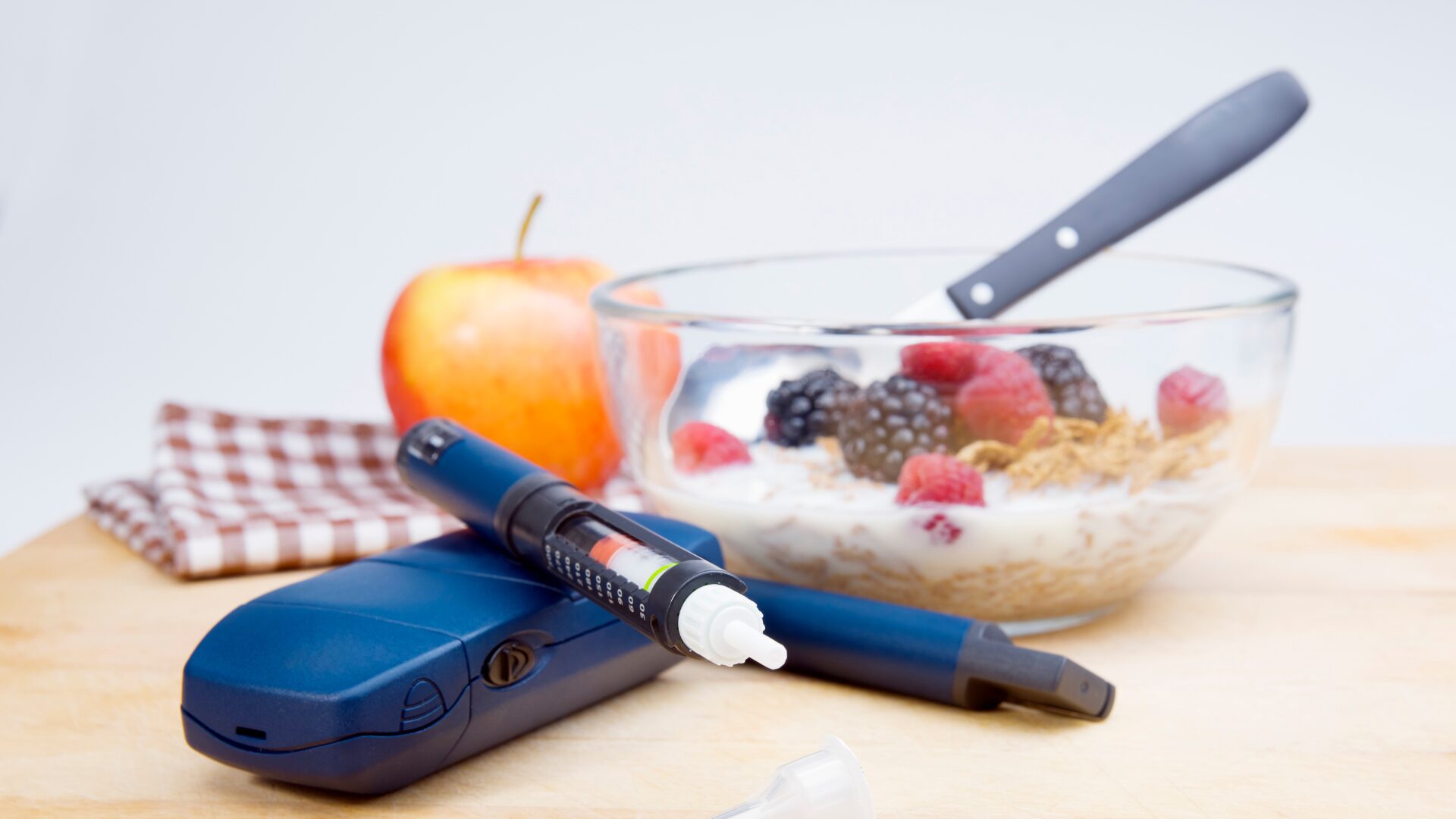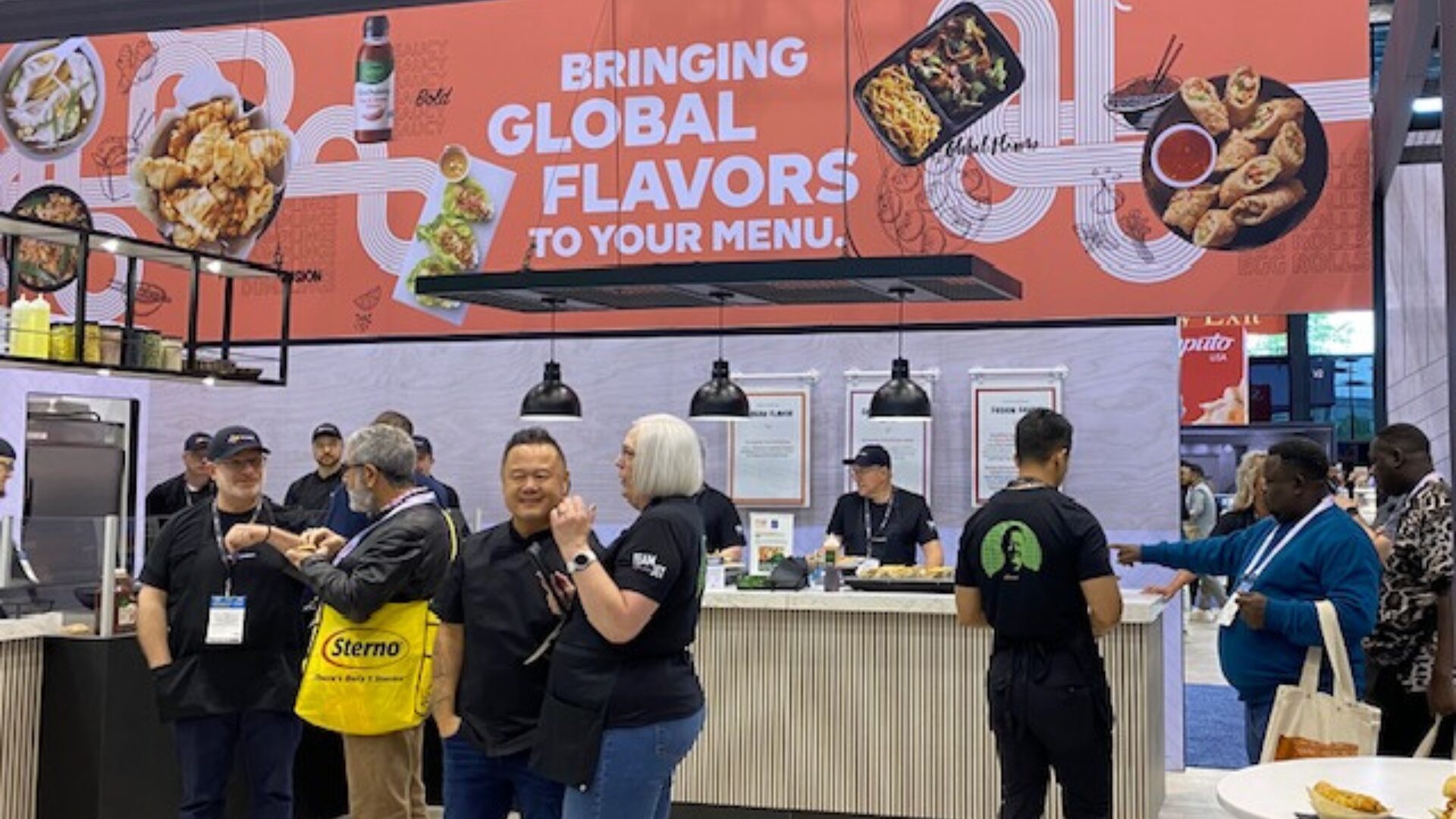As consumers grow more conscious about their health, preference for organic and natural food will increase at a robust pace. On the flip side, focus on health and wellness has caused sales of synthetic food colorants to decelerate. With the world still reeling under the aftereffects of COVID-19, natural, organic, and healthy food has taken the front seat.
Driven by changing patterns of consumer behavior, the consumption of dairy food products, packaged foods and beverages burgeoned and the sales of natural food colors skyrocketed across the globe. According to the report of global market intelligence consulting firm Future Market Insights, sales of natural food colors will pass the mark of $14 billion (USD) by 2028.
Food colors derived from natural resources are gaining traction as the clean label trend continues to gain traction throughout the food sector. Natural food color sales are increasing in response to consumer spending on natural and clean food products. According to Clean Label Alliance, around 75% of consumers are willing to pay a high cost for clean label and natural products.
Clean Label Trend, Regulatory Policies Pushing Natural Food Color Demand
Today’s health-conscious consumers are paying close attention to the ingredients list used in the manufacturing of food products, especially if it’s for infants or children. Regulatory bodies such as the U.S. Food and Drug Administration (FDA), International Food Protection Training Institute and several other food safety organizations are investing heavily to keep a close watch on manufacturing of food products.
Growing prevalence of lifestyle diseases due to food adulteration and usage of harmful chemicals have compelled these regulatory bodies to make rules stricter. With the increase in frozen/packaged food intake, manufacturers have to be more cognizant of regulatory policies, while keeping pace with demands of consumers.
Industry players are therefore adhering to the stringent guidelines and amending their formulas sticking to the clean label trend. Following the outbreak of COVID-19, consumers have become extra cautious and picky when it comes to dairy food products and frozen/packaged food.
Against this backdrop, the FDA announced another set of rules regarding certain labelling requirements during pandemic. In this report, issued in May 2020, FDA states that there will be flexibility for manufacturers to make minor formulation changes in certain circumstances without making conforming label changes, such as making a change to product ingredients without updating the ingredient list on the packaged food.
Such favorable policies have certainly helped manufacturers take a sigh of relief while upping the demand for natural food colors. Harmful side effects associated with synthetic colors and dyes and increasing cases of health concerns such as ADHD, asthma, and tumor growth have been tipping scales in favor of natural and organic food colors.
Leading natural food colors manufacturers, such as Archer Daniels Midland, Chr. Hansen, Sensient Technologies and others, have been joining the clean label trends. For instance, in April 2021, Chr. Hansen acquired SECNA, a group holding of several food and beverage companies across Italy, Spain and Turkey, strengthened its product portfolio and improved the production of natural food colors.
Spirulina Extract and Carotenoid Vanguarding Natural Food Colors Sales
Social media, internet and online blogs have played a vital role in the sales and promotion of new food product trends. As physical distancing became the new normal amid the pandemic, the world picked up the trend of do-it-yourself or ‘DIY’ practices to make savory bakery items at home. Baking at home was never more popular and along with it demand for dairy products and other ingredients, specifically food colors, rose in the FQ-20.
Natural food colors such as vibrant green, yellow and natural blue shades, witnessed high demand. Food color manufacturers increased the production of carotenoid pigment and food color derived from Spirulina extract, which provided vibrant yellow and bluish tint, respectively. Increasing consumption of confectionary and baked food items, such as cakes, and rising intake of beverages with natural food coloring have increased the adoption of these pigments among manufacturers.
Adoption of Spirulina extract and carotenoid pigment in dietary supplements and other nutraceutical tablets and capsules have fostered the sales of natural food colors. Recently, in 2019, a leading food coloring company, Naturex, developed an extraction line for spirulina-based food coloring catering the growing demand for natural blue and green shades in beverages and confections.
With rising demand of such vibrant colors, several food producers are encouraged to capitalize on the demand for superfood Spirulina. Its antioxidant properties, high nutrient content, and vibrant color allowed producers to incorporate a 100% natural and clean label ingredient list in their portfolio.
With the next big wave of innovation in natural food colors likely, volume sales of Spirulina extract are expected to surge considerably in the next decade. Coupled with this, increasing consumption of baked foods, dairy food products, and beverages, natural food colors sales will skyrocket in the coming years.
Download Free Sample: https://www.futuremarketinsights.com/reports/sample/rep-gb-35
To contact Future Market Insights, email sales@futuremarketinsights.com.












